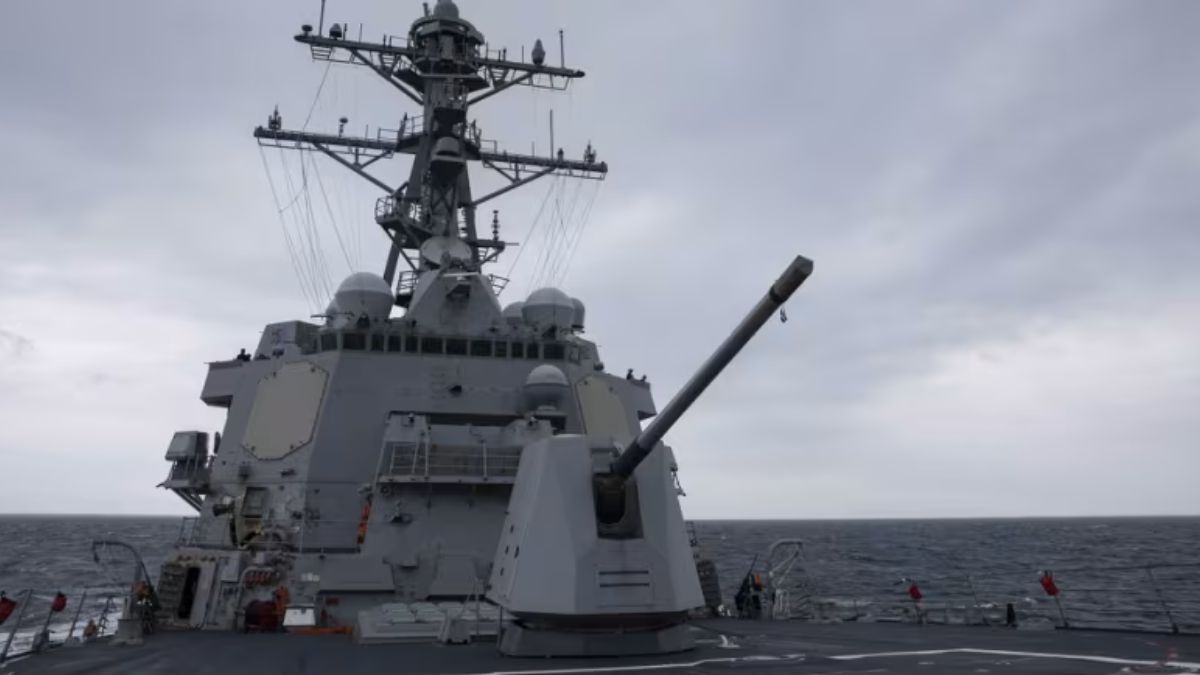 Image credits - CNA
Image credits - CNA
A United States Arleigh Burke-class guided-missile destroyer, the USS Ralph Johnson, sailed through the Taiwan Strait on Thursday, August 22, 2024, in a demonstration of Washington’s commitment to upholding international navigation rights. This move underscores the ongoing tension in the region as Beijing continues to assert its claims over Taiwan and escalates its military activities around the island.
The 180-kilometer-wide Taiwan Strait, which divides Taiwan from mainland China, is now the center of attention for global naval activities.The US Navy’s Seventh Fleet stated that the transit was intended to affirm the principle of freedom of navigation for all nations, asserting that no country should be coerced or intimidated into compromising its rights.
Taiwan’s defense ministry confirmed the warship’s passage from south to north, noting that there were no unusual activities detected in the area. In response, China’s People’s Liberation Army dismissed the transit as “public hype,” with the Eastern Theatre Command reportedly monitoring and shadowing the US ship throughout its journey. China has ramped up military pressure around Taiwan in recent years, including increased fighter jet and naval vessel activity. The Chinese government has also condemned similar transits by other nations, including a Canadian Halifax-class frigate that crossed the Taiwan Strait last month.
In reaction to growing Chinese assertiveness, Taiwan has bolstered its defense capabilities. On Thursday, Taiwan’s cabinet approved a record-high defense budget of NT$647 billion (US$20.2 billion) for the coming year, marking a 6% increase from 2024. President Lai Ching-te stated that the increased budget reflects Taiwan’s resolve to enhance its self-defense capabilities and maintain peace and stability in the region.
The proposed defense budget will need to pass Taiwan’s parliament, where President Lai’s Democratic Progressive Party currently does not hold a majority. The increased military spending highlights Taiwan’s ongoing efforts to strengthen its strategic partnerships, particularly with the US, its largest arms supplier.
